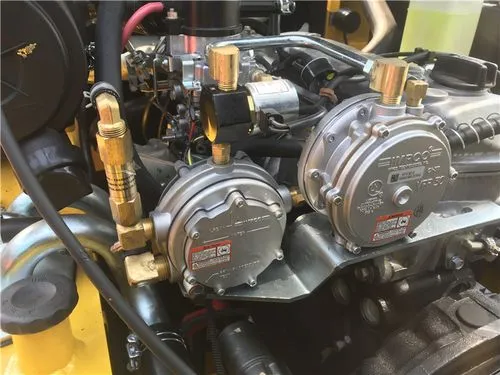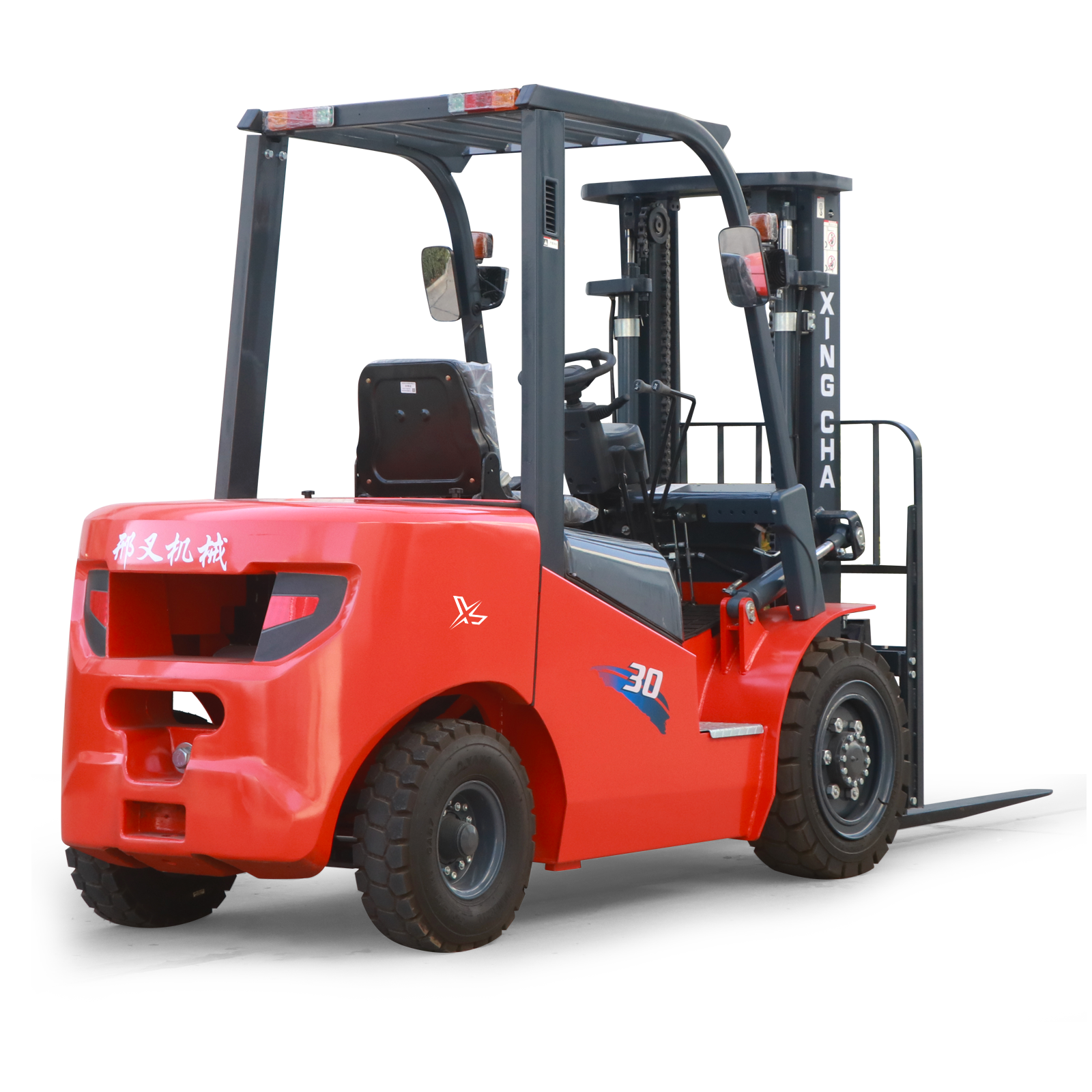Ever wondered how a propane-powered forklift operates? These machines are the backbone of many warehouses and industrial operations, providing a reliable and efficient means to move heavy loads. Let’s dive into the nitty-gritty of how these forklifts work and why they might be the perfect solution for your business.
The Basics: Fuel System
When you start a propane-powered forklift, the magic begins with the propane tank. This tank stores liquid propane under high pressure. Here’s a simplified breakdown of the process:
- Fuel Flow: The liquid propane flows from the tank through a fuel line to a regulator.
- Vaporization: In the regulator, the propane decompresses and turns into a vapor.
- Mixing: This vapor then mixes with air in the mixer.
- Ignition: The air-propane mixture enters the combustion chamber, where a spark plug ignites it, causing an explosion that drives the pistons.
This process is quite similar to how your car engine works, but instead of gasoline, it’s propane doing the heavy lifting.
Power Transmission and Hydraulics
The engine’s power is transmitted to the wheels through the transmission, allowing the forklift to move. But what about lifting those heavy pallets?
- Hydraulic System: The engine also powers a hydraulic pump. This pump pushes hydraulic fluid through a system of tubes and cylinders. When the fluid enters the cylinders, it moves the pistons, which in turn raises the forklift’s forks.
- Lowering the Forks: To lower the forks, the hydraulic fluid is simply drained back into the pump, reversing the process.
This hydraulic system is what gives forklifts their incredible lifting power, making it easy to move heavy objects with precision.
Maneuverability
One of the coolest features of propane forklifts is their maneuverability. Unlike your car, the rear wheels of a forklift do the turning. This might seem counterintuitive at first, but it allows the forklift to pivot on a tight radius, making it perfect for navigating narrow aisles and tight spaces.
Maintenance and Safety
Keeping your propane forklift in top shape is crucial for safety and efficiency. Here are some key maintenance tips:
- Preventative Maintenance: Regularly scheduled maintenance every 1,000 hours or four months can prevent minor issues from becoming major problems
- Safety Checks: Always inspect the propane cylinders and mounting brackets for damage before refilling. Ensure the tank is properly mounted and the mounting pin is engaged
- Professional Repairs: If you notice any issues with valves, regulators, or other parts, it’s best to call a professional rather than attempting repairs yourself
Why Choose Propane?
So, why go with propane over other fuel options? Here are a few compelling reasons:
- Quick Refueling: Swapping out a propane tank takes just a few minutes, compared to the hours it can take to recharge an electric forklift
- Cost-Effective: Propane engines can last twice as long as gasoline engines, saving you money on maintenance in the long run
- Clean Burning: Propane is a clean-burning fuel, producing fewer emissions than diesel or gasoline. This makes it safer for indoor use and better for the environment
Conclusion
Propane-powered forklifts are a versatile, efficient, and eco-friendly option for any warehouse or industrial setting. With their quick refueling times, powerful lifting capabilities, and ease of maintenance, they offer a reliable solution to keep your operations running smoothly. So next time you see a propane forklift in action, you’ll know exactly what’s going on under the hood!

